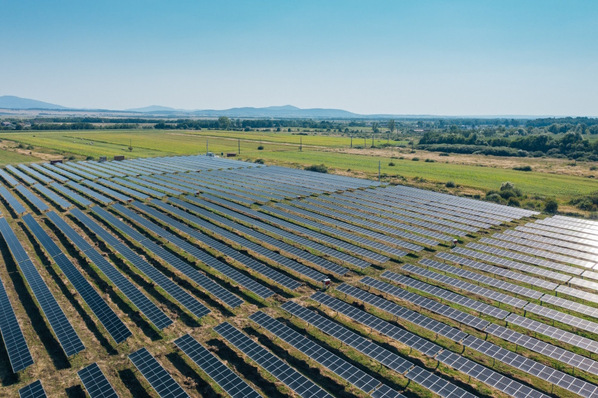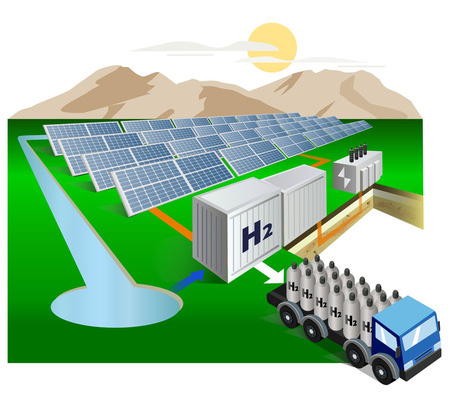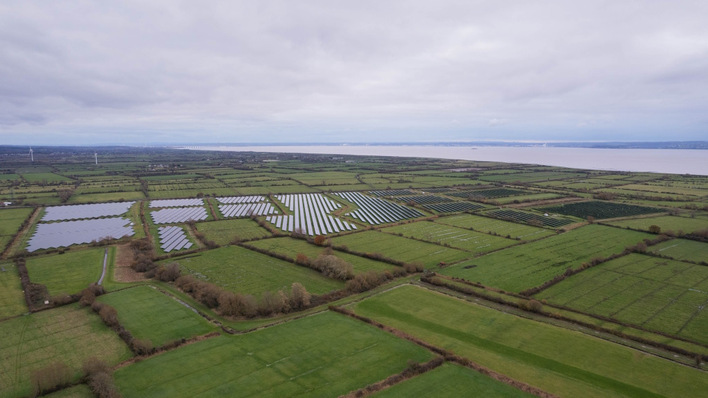The report, Solar and Electric Vehicles: A Guide for Local Governments, provides a roadmap for municipalities, counties and regional organizations to maximize the benefits of these two technologies together. Solar energy is already one of the key pathways for local governments to reduce carbon emissions using a clean, affordable energy source. By coupling solar PV with new EV infrastructure, communities can achieve more emissions reductions and provide new clean transportation options.
“Local governments are already leading the way by setting aggressive clean energy goals that will bring many long-term benefits,” said Andrea Luecke, President and Executive Director at The Solar Foundation. “For community leaders, we hope this report will help create efficiencies by making solar energy and EV deployment part of a unified strategy to ramp down emissions.”
Over 370 municipalities, counties and regional organizations
The report was authored by The Cadmus Group, a partner organization in the SolSmart programme. SolSmart is led by The Solar Foundation and the International City/County Management Association, and funded by the U.S. Department of Energy Solar Energy Technologies Office.
“We know there are many communities across the country that are interested in taking an integrated approach to deploying solar energy and electric vehicles,” said Philip Kreycik, Senior Associate at The Cadmus Group. “We hope this report can help them to better understand the opportunity to integrate the technologies and the ways that local governments can help accelerate deployment to meet their climate goals.”
SolSmart provides no-cost technical assistance to help communities reduce barriers to solar energy use. Under the programme, over 370 municipalities, counties and regional organizations in 41 US states and the District of Columbia have achieved designation as SolSmart Gold, Silver, or Bronze.
Five key strategies
The report outlines five key strategies for local governments to combine EV and PV development in their communities, including:
· Educating community members on the benefits of PV and EVs, such as through a one-stop clearinghouse for information on both technologies.
· Organizing group purchase campaigns to support both PV and EV technologies.
· Leading by example by installing public solar and EV charging stations for either the public or municipal fleets.
· Providing financial and non-financial incentives on EV and PV regulation.
· Adjusting local regulations to reduce costs and ease integration of the two technologies; for example, through building codes, zoning codes, and streamlined planning processes.
Communities Taking Action
Already, numerous SolSmart designees have adopted some of these strategies. The Metropolitan Council, a SolSmart Gold designee based in Minnesota’s Twin Cities metropolitan region, developed a “surface with purpose” tool to quantify the potential for solar and EV development at parking lots and large rooftops. The Met Council is also constructing a charging station that will power a new electric bus fleet using solar and battery storage.
See also:
Measuring the climate impact of loans and investments
“The Met Council’s role in the Twin Cities metro area is to promote livability and prosperity through coordinated regional planning and operation of critical infrastructure like transit and wastewater,” said Lisa Barajas, Director, Community Development Division at the Met Council. “The Council addresses climate change in all its work, including electrification of the transit system and providing support and technical assistance to local governments. They are part of a large portfolio of work at the Council to ensure a sustainable, more equitable region.”
The Great Plains Institute, which served as a SolSmart Advisor organization for more than 50 designated communities across the US Midwest, has released a Grow Solar Local Government Toolkit that includes model zoning ordinance language to encourage solar PV and EV charging. GPI will soon release a solar+EV action plan with additional recommendations for cities about market opportunities. (mfo)
The full report is available for download here.







